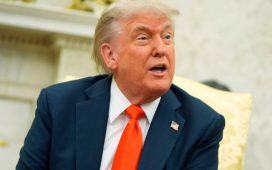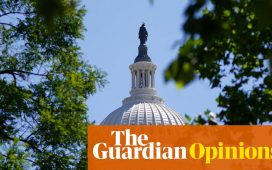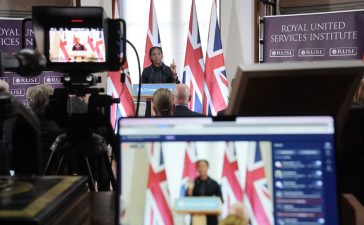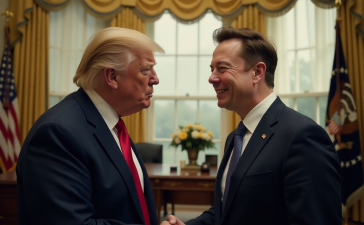In a note published Thursday, Bank of America (NYSE:) strategists provided a preview of the upcoming Jackson Hole (JH) symposium, which will be held from August 22-24. Hosted by the Federal Reserve Bank of Kansas City, the event gathers central bankers, policymakers, academics, and economists from around the world.
According to BofA, Fed Chair Jerome Powell could choose the straightforward approach of delivering an overview of the current economic situation during the symposium, similar to his comments at the July FOMC meeting. An evolution in the language from July could imply that the committee is “very close” or “close” to a point where easing might occur.
“A further signal could be if Powell is stronger in saying that the committee wants to avoid ‘unexpected weakness’ in the labor market, rather than simply responding to it after it occurs,” strategists note.
In addition, Powell might reference the June Summary of Projections, indicating that the committee is likely to gradually remove policy accommodation to balance risks amid an uncertain economic outlook.
The strategists believe that the beginning of the easing cycle could be seen as the Fed declaring victory over inflation, though this would not be stated explicitly. Instead, the focus may shift to preserving gains in the labor market. If 2022 was about “resolve” and 2023 about “data dependence,” then 2024 could be centered on “maintaining a solid labor market,” BofA points out.
“After all, the Fed’s definition of achieving a soft landing is bringing inflation back to target without requiring a deterioration in labor market conditions,” the bank’s note states.
“The battle on inflation isn’t entirely won, but the message could be that it’s been won enough where the emphasis now will be on preventing undesired weakness in the labor market.”
In terms of market implications, the strategists said that the rates market likely anticipates the Fed signaling that the next move will be a rate cut.
If Powell speaks, the market expects him to suggest that a rate cut could be appropriate at the next meeting, provided inflation continues to progress. However, the size and pace of any cuts will depend on incoming inflation and activity data.
The market has largely priced in this outcome, so these signals are unlikely to be surprising. The strategists also believe the market does not expect Powell to explicitly push back against the possibility of a 50bps move.
They caution that the risk lies in more hawkish Fed communications. If Powell does not indicate a rate cut at the September FOMC meeting or suggests that large-scale rate reductions are off the table, this could result in a significant bear or twist flattening of the UST curve.
Regarding rate volatility, BofA expects lower gamma following the Jackson Hole event. Historical analysis suggests that rate volatility typically decreases after the symposium, particularly in the gamma space, but also in intermediate expiries.
“The extension to intermediate expiries is likely to reflect less uncertainty around the policy trajectory,” strategists wrote.
Finally, they do not anticipate much impact on the US dollar from the Jackson Hole discussions.
The market is already pricing in four Fed rate cuts for this year, and the USD has been weakening, especially after the labor market data for July came in below expectations. Inflation has been gradually moving in the right direction, justifying the start of Fed easing, though not necessarily at the rapid pace the market is currently pricing in.








